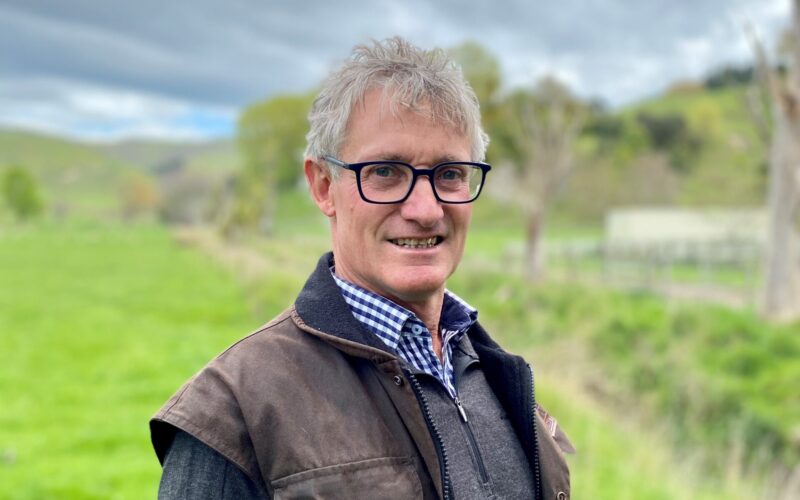Almost a year after Cyclone Gabrielle passed through, the Hawke’s Bay Regional Council has given the green light to support a major land remediation project to repair damaged and eroded catchments in the region.
The Land for Life project is a collaborative initiative between HBRC, the Ministry for Primary Industries and the New Zealand arm of the global not-for-profit The Nature Conservancy (TNC NZ).
The programme aims to help farmers shift land use practices to ensure they can continue to farm in a more resilient fashion in the face of climate change impacts.
It comes in a region where over 250,000 hectares of its most erodible country contributes 6.2 million tonnes of silt a year to river systems, or about 1000t per square kilometre a year.
Today the project has 12 farms trialling its techniques, and granting it the green light means another 90 properties can be engaged in the project over the next two years.
The Nature Conservancy has a portfolio of international projects aimed at remediating environments across 76 countries that focus on both land and water.
TNC NZ’s focus in Hawke’s Bay will include supporting planting of marginal land to reduce erosion and increase water quality, as well as encouraging increased planting of natives to restore habitat for native animals and insects.
One trial farm is owned by Elsthorpe couple Evan and Linda Potter, who ultimately intend to retire 200ha of their property, leaving 520ha in pasture.
The project aims to support farmers to plant the right trees in the right place to protect existing native forests and wetlands to reduce erosion, improve freshwater quality and build resilient farms.
It will also support improvements in pastoral farm systems and regenerative farming practices that are good for farmers’ bottom lines and the environment.
Over $4 million has already been set aside for the project.
Michael Bassett-Foss, HBRC’s Land for Life project director, said the council is receiving reasonable signals from the government for a positive funding reception.
He said alongside government funding, TNC will be turning its expertise to attracting private philanthropic funding to the project.
“We have also learnt a lot from the initial farms involved in the pilot project.
“Farmers have found they can approach their banks for green loan financing. Their banks have recognised the Land for Life process is a good independent and expert approach and they have given it the thumbs-up.”
The next stage is initiating the scaling up to 90 farms over the next two years, and this includes building a larger team to manage the numbers.
“We are not quite at the point of seeking expressions of interest yet,” Bassett-Foss said.
However, he was confident about farmer interest in the initiative, recognising many farmers are also still fatigued by Gabrielle’s aftermath and have yet to address their farm’s ability to become more resilient to future events.
Ultimately there will be 300 farms on Land for Life farm plans, with a further 300 adopting tree-planting programmes.
Nature Conservancy Aotearoa country manager Abbie Reynolds said TNC is excited to be involved in a new approach to support heartland farming communities to improve their business resilience and ensure they remain for the long haul, while also delivering significant benefits to nature.
HBRC’s rural recovery programme leader Richard Wakelin said he is encouraged by data showing farmers are ranking hill country recovery as a priority in the coming years. He said Land for Life is a mechanism to achieve that, and help unlock some of the farm’s wealth without having to sell it.










